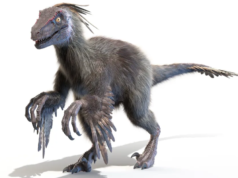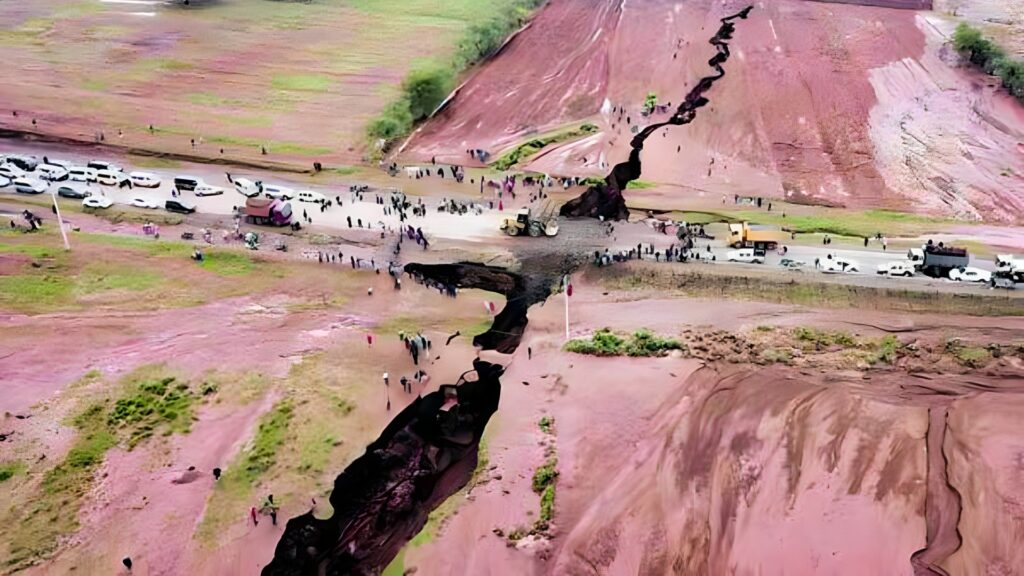
In the heart of East Africa, a monumental geological event is unfolding that promises to reshape the continent’s landscape. The East African Rift System (EARS), a vast network of faults and fissures stretching over 4,000 miles from the Red Sea to Mozambique, is the epicenter of this transformation. Here, tectonic forces are gradually pulling the African continent apart, setting the stage for the creation of a new ocean. This process, while spanning millions of years, offers a captivating glimpse into Earth’s dynamic nature.
Why The Split?

Recent studies have revealed that the Somali and Nubian tectonic plates, which converge along the EARS, are diverging at an accelerated pace. This divergence is causing the land between them to thin and sink, a precursor to ocean formation. As the rift widens, it’s anticipated that the Gulf of Aden and the Red Sea will eventually flood into the Afar region and the East African Rift Valley, leading to the emergence of a new ocean basin. This phenomenon will ultimately result in East Africa being severed from the rest of the continent, forming a separate landmass.
The Mechanics of a Continent’s Split
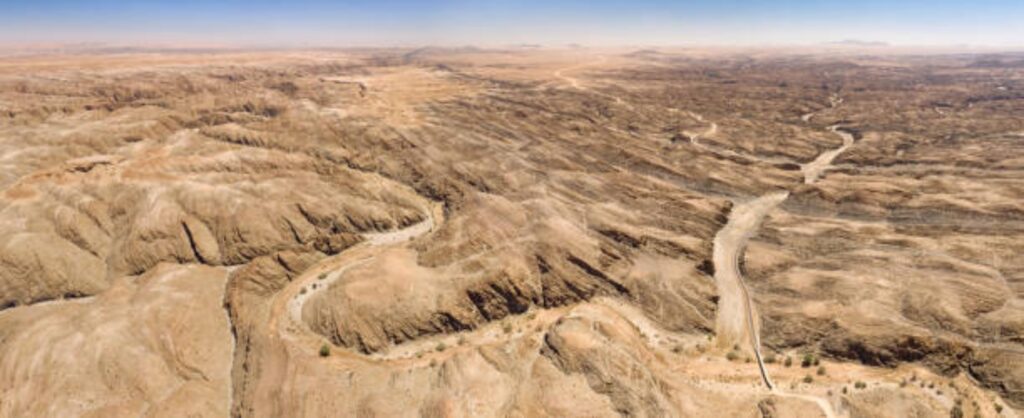
The East African Rift is a prime example of continental rifting, where tectonic plates move away from each other due to underlying mantle dynamics. This process begins deep within the Earth, where heat causes the mantle to convect, creating upwellings that exert pressure on the overlying crust. Over time, this pressure leads to the formation of faults and fractures, allowing the plates to move apart. In East Africa, this rifting is evidenced by significant geological features, including deep valleys, active volcanoes, and seismic activity.
Other Natural Forces
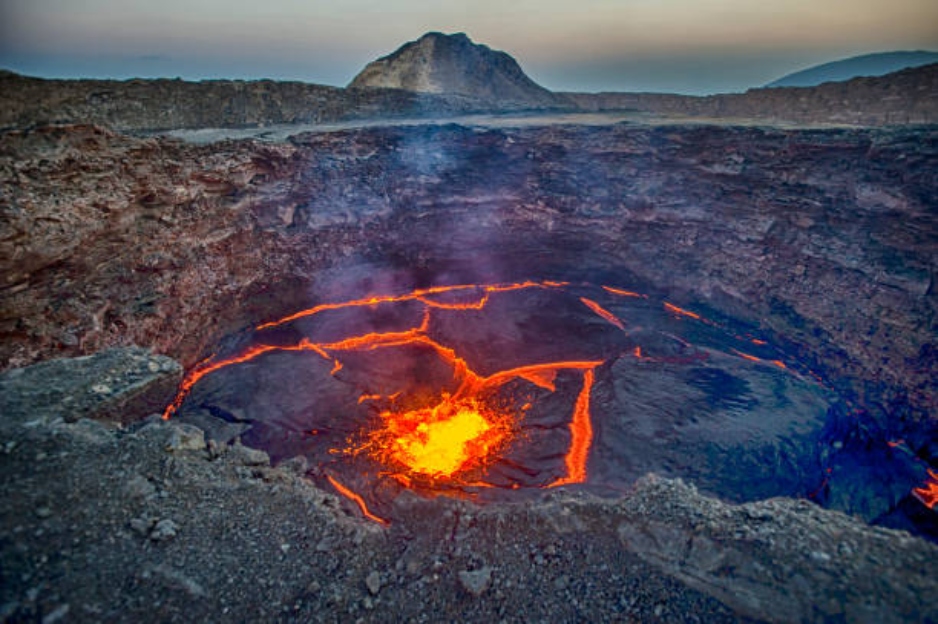
One of the most dramatic manifestations of this rifting occurred in 2005 when a massive eruption at the Dabbahu volcano in Ethiopia triggered a series of earthquakes. These seismic events opened up a 35-mile-long and 26-foot-wide fissure in just ten days, providing a tangible demonstration of the powerful tectonic forces at work.
Implications for East African Nations
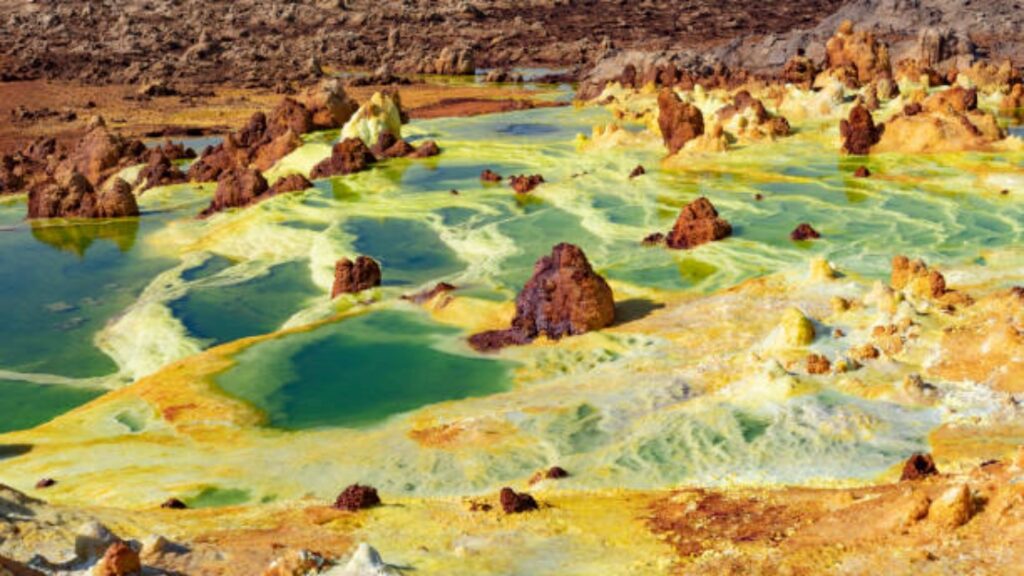
As the rift continues to develop, countries such as Ethiopia, Somalia, Kenya, Mozambique, and Tanzania find themselves on the frontier of this geological transformation. The gradual separation of the Somali and Nubian plates suggests that these nations may eventually reside on two distinct landmasses divided by a nascent ocean. While this process will unfold over millions of years, its current manifestations—such as increased seismic activity and volcanic eruptions—have immediate implications for the region’s inhabitants.
Is Africa Prepared?

Infrastructure development, urban planning, and disaster preparedness strategies must account for the dynamic nature of the rift. For instance, the appearance of large fissures can disrupt transportation networks and pose risks to settlements. Moreover, the potential for future flooding as new ocean waters encroach necessitates long-term planning to mitigate the impact on communities and ecosystems.
A Timeline of Transformation
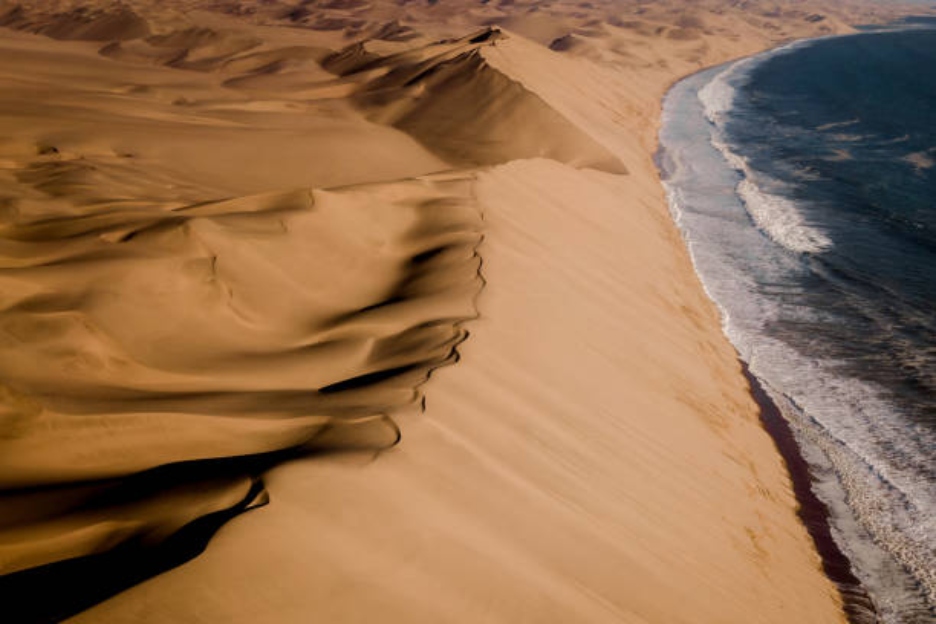
Geologists estimate that the complete separation of East Africa from the main continent and the full formation of a new ocean will take between 5 to 10 million years. This timeline, while vast on a human scale, is relatively rapid in geological terms. The current rate of rifting in the East African Rift Valley is approximately 6 to 7 millimeters per year, a pace comparable to the growth of human fingernails.
However, recent observations suggest that certain segments of the rift are experiencing more rapid changes. For example, the 2005 Dabbahu fissure’s sudden formation indicates that tectonic activity can sometimes proceed in abrupt spurts, challenging the traditional view of geological processes as uniformly slow and steady.
The Role of Volcanism and Seismic Activity
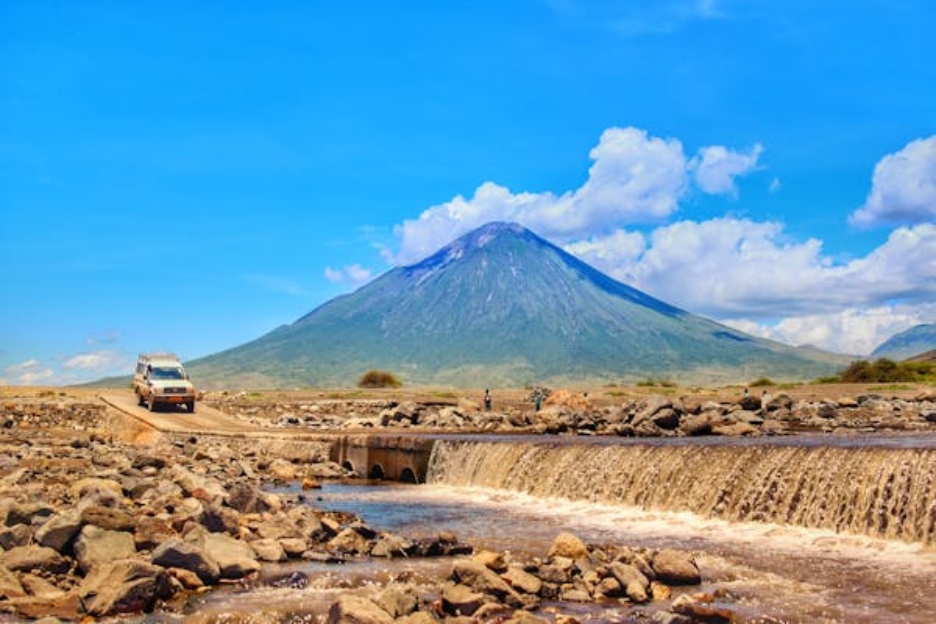
Volcanic activity plays a crucial role in the rifting process. As the tectonic plates pull apart, magma from the mantle rises to fill the gaps, leading to the formation of new crust. This process is evident in the numerous active volcanoes that dot the East African Rift region, such as Mount Nyiragongo in the Democratic Republic of Congo and Mount Meru in Tanzania.
There Is Still Time To Prepare
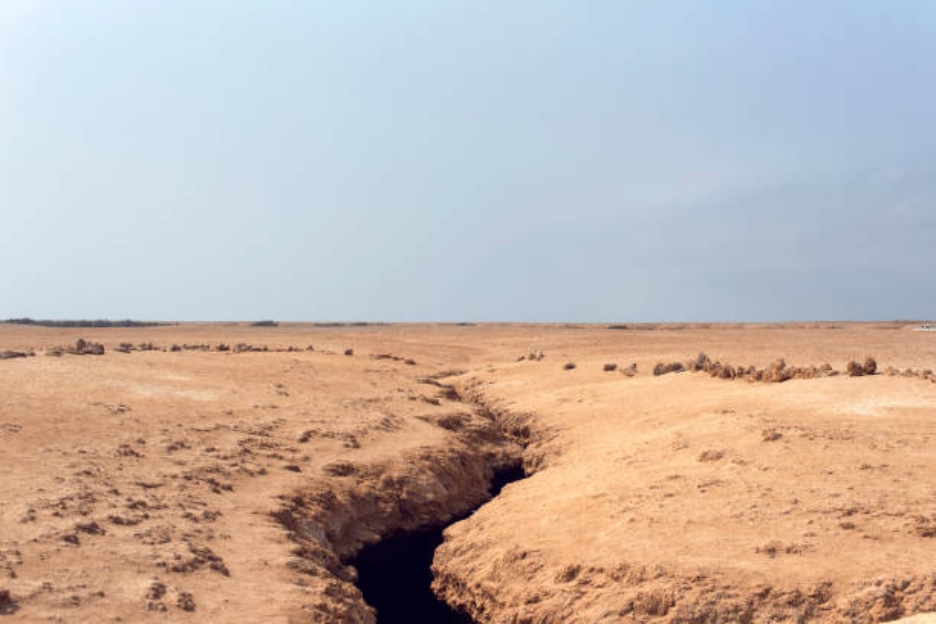
Seismic activity is another hallmark of the rift. The movement of tectonic plates generates stress within the Earth’s crust, which is released in the form of earthquakes. While many of these quakes are minor, the region has experienced significant seismic events that have had profound impacts on local communities. Monitoring these activities is essential for understanding the rift’s progression and mitigating potential hazards.
Environmental and Ecological Considerations

The gradual formation of a new ocean will have significant environmental and ecological implications. As the rift valley sinks and eventually becomes inundated with seawater, new marine habitats will emerge, leading to shifts in biodiversity. Terrestrial ecosystems currently present in the rift valley will be transformed into marine environments, necessitating adaptations from existing species or migrations to more suitable habitats.
What Will Happen To The African Continent
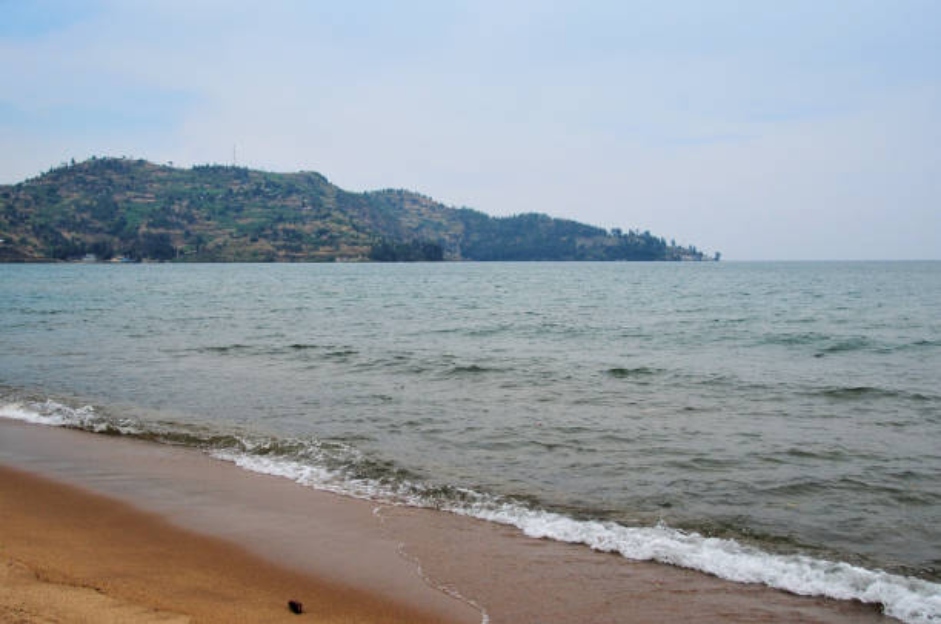
Additionally, the East African Rift region is home to the African Great Lakes, which hold about 25% of the world’s unfrozen surface fresh water and harbor a significant portion of Earth’s fish species. The evolution of the rift could alter the hydrology of these lakes, impacting water availability and biodiversity. Understanding these potential changes is crucial for conservation efforts and the sustainable management of natural resources.
Human Adaptation and Future Prospects
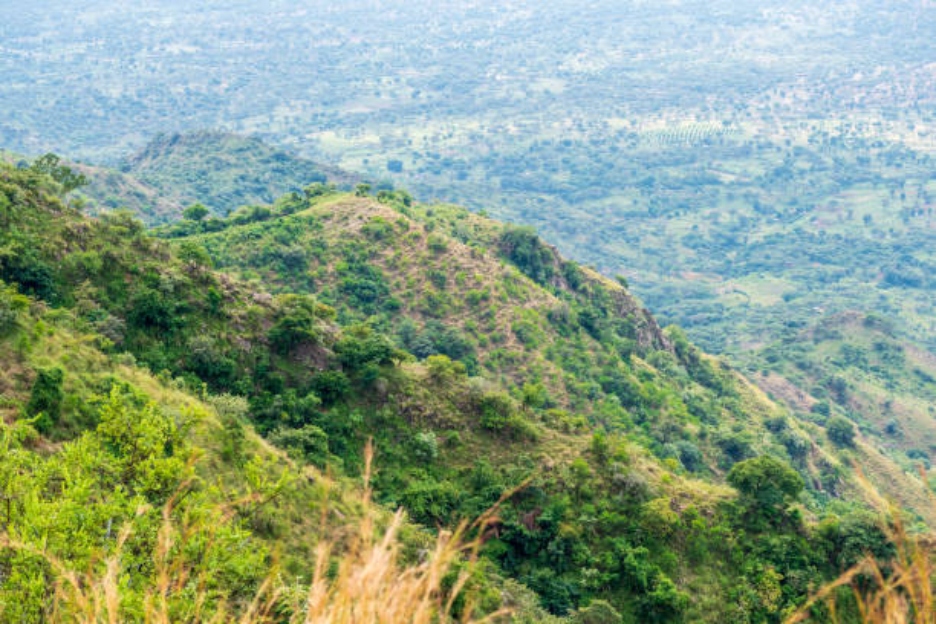
For the millions of people living in the East African Rift region, the ongoing geological changes present both challenges and opportunities. On one hand, increased seismic and volcanic activity poses risks to life and property. On the other hand, the geothermal energy potential associated with rifting offers a sustainable energy source that could drive economic development.
Watching The Rift Grow
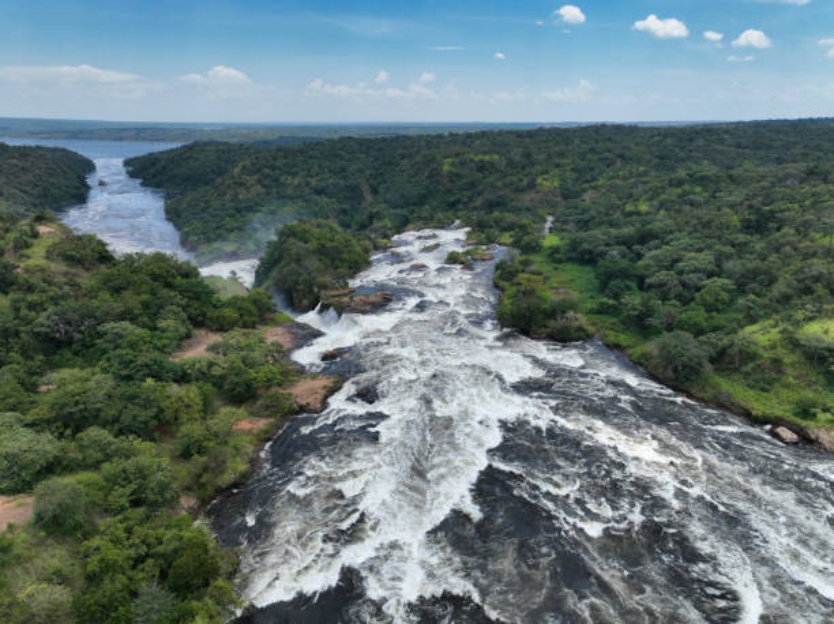
As the rift progresses, new coastlines will eventually emerge, potentially providing access to marine resources and trade routes for landlocked countries like Uganda and Rwanda. However, these benefits are contingent upon long-term planning and investment in infrastructure to adapt to the evolving landscape.
Discover more of our trending stories and follow us to keep them appearing in your feed

California Is Breaking Apart: A Fault Line Is Forming Faster Than Anyone Predicted
There Will Be Eruptions”: Concerns Mount as Yellowstone Supervolcano Activity Shifts
The War on Cows Is Over—And Green Extremists Have Lost
Lake Shasta’s Remarkable Comeback From Drought Captured in Stunning Images
References:
Reference 1
Reference 2
This article first appeared here
Stay connected with us for more stories like this! Follow us to get the latest updates or hit the Follow button at the top of this article, and let us know what you think by leaving your feedback below. We’d love to hear from you!



